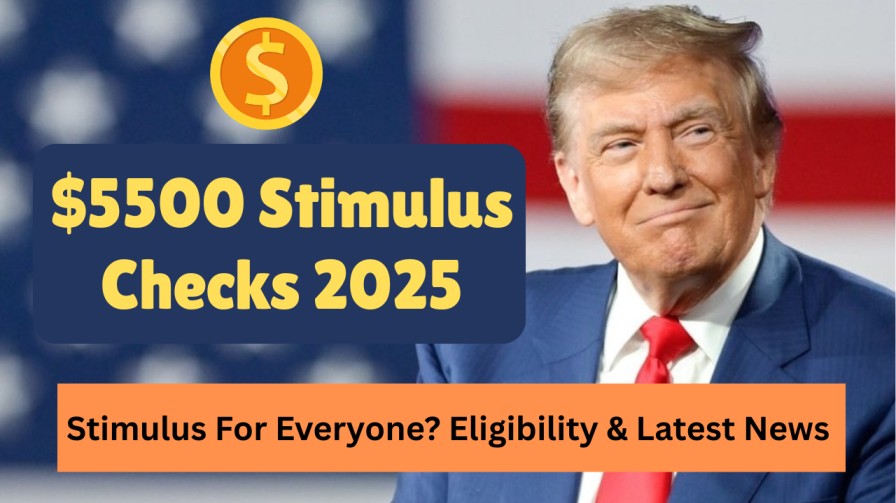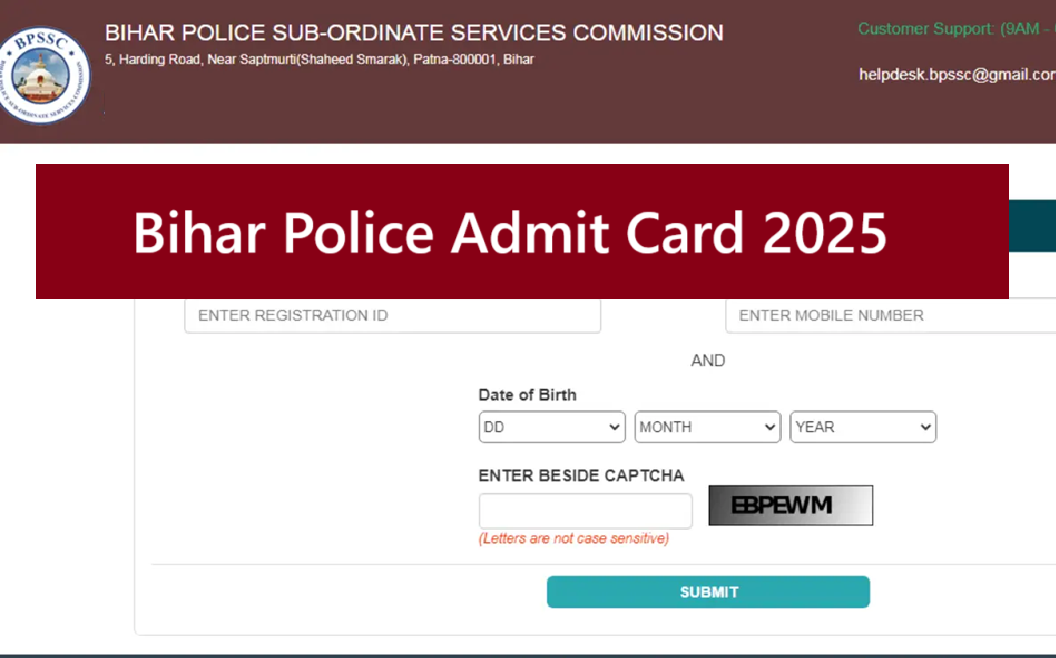$5500 Stimulus Checks 2025: Let’s be honest—just hearing the words “$5,500 stimulus check” is enough to make anyone pause. In a time when prices feel like they only ever go up, the idea of getting a financial boost—especially one that doesn’t come with strings—is pretty compelling.
So, what’s the deal?
The $5,500 Stimulus Check 2025 plan isn’t your typical federal aid or COVID-era emergency package. It’s part of a newer idea, something called the DOGE Dividend Initiative, being floated by the Department of Government Efficiency (DOGE). The proposal’s pitch is simple, on the surface: cut trillions in government waste, and return a portion—about 20%—to taxpayers who overpaid and didn’t claim their 2021 returns.
It sounds a little too specific to be fiction. But also maybe too generous to be real?
Let’s try to break this down without getting swept up in either cynicism or wishful thinking.
So… What Is This $5,500 Stimulus Actually About?
At the heart of the proposal is the idea of “government accountability” and, strangely enough, tax fairness. According to the plan, millions of Americans overpaid federal taxes in 2021—some of them never filed returns, others were owed refunds but didn’t claim them.
The DOGE plan suggests identifying those individuals and sending them a one-time payment of $5,500 as compensation—or redistribution, depending on how you look at it.
Backing the idea are some very high-profile names: James Fishback, Elon Musk, and even support from the Trump administration. That alone has drawn attention, not to mention some controversy. It’s rare to see tech moguls and political insiders publicly align on something like this.
But it’s important to emphasize: this has not been approved yet. At all.

Quick Summary – $5500 Stimulus Checks 2025
| Program Name | DOGE Dividend (Stimulus Proposal) |
|---|---|
| Organized By | Department of Government Efficiency (DOGE) |
| Backed By | James Fishback, Elon Musk, Trump Administration |
| Amount | $5,500 per eligible person |
| Type | One-time federal payment |
| Eligibility | Based on 2021 tax overpayment + income brackets |
| Official Status | Still under review—not confirmed |
| Website | doge.gov |
Who Might Be Eligible (If This Becomes Real)?
That’s the question on everyone’s mind.
From what’s been publicly shared, eligibility would likely include:
- U.S. citizens or permanent residents
- People who paid federal taxes in 2021 but never claimed a refund
- Individuals below a certain income limit (though what that limit is… still unclear)
- Families that meet DOGE’s income-to-household ratio guidelines
- People able to document or explain financial hardship, especially if linked to inflation or post-pandemic recovery
- You’d also need a valid Social Security Number and, presumably, a verified identity
Now, all of this might shift. It’s not uncommon for the final version of a program (if it even gets there) to look quite different from the proposal.
Still, if you’re thinking, “Hey, I might fit those boxes”, it’s worth keeping an eye on it—just don’t assume anything yet.
What Are People Saying About It?
Reactions have been… mixed. Predictably.
On the public side, a J.L. Partners survey showed that around 67% of voters support the idea, with nearly half saying they strongly support it. That’s especially true among younger, working-class Americans still digging their way out of post-pandemic financial stress.
But in Washington, it’s another story.
Some lawmakers—particularly fiscal conservatives—have pushed back. House Speaker Mike Johnson, for instance, has raised concerns that the plan, while well-intentioned, might inflate the deficit if the projected $2 trillion in savings doesn’t materialize. Others worry about inflation, again. A few have questioned whether cutting that deeply into government spending could damage essential programs long term.
And honestly? They might not be wrong. That’s the thing about these big proposals—they’re rarely perfect. There’s always a trade-off.
Will It Help the Economy? Or Hurt It?
Well, it depends who you ask.
Supporters argue that giving people a few thousand dollars—especially those already living paycheck to paycheck—could revive consumer spending. Small businesses might benefit, local economies could see a bump, and household debt could finally shrink a little.
It’s not unlike what we saw during the pandemic: stimulus payments led to retail booms, temporary job growth, and a rise in consumer confidence. For a while, anyway.
But critics have a valid point too. The money has to come from somewhere. If DOGE really cuts 20% of federal spending to fund this, what gets left behind? Healthcare? Education? Infrastructure? No one’s really spelled that out yet, and that’s a bit concerning.
And then there’s the risk of inflation. Again. Pumping too much cash into the system can push prices up, especially if supply chains aren’t keeping up. It’s not guaranteed, but it’s happened before.
Is It Happening or Not?
Right now? No.
There’s no application open, no payment dates, no formal approval. The DOGE Dividend is still in the proposal phase, and unless it moves through legislative review or executive approval, it’s just a plan.
That hasn’t stopped rumors, though. You’ve probably seen claims on social media—”Checks coming in July!” or “Direct deposit already approved!” None of that is confirmed. So don’t fall for scams or misleading headlines.
The only place you should be checking for updates is doge.gov, which is the official website tied to the initiative.
FAQs – $5500 Stimulus Checks 2025
✅ What are the eligibility requirements again?
U.S. residency, federal tax overpayment in 2021, no claimed return, and income caps based on family size—plus some documentation of hardship.
✅ Where is the money coming from?
From projected federal spending cuts—around $2 trillion, with 20% supposedly going back to taxpayers.
✅ Is it officially approved?
No, not at this time. The proposal is still being discussed and has not passed into law.
✅ Can I apply now?
No. There’s no application process yet. Nothing is open.
✅ Where should I look for updates?
Only trust doge.gov. Avoid unverified sources and viral posts.
Final Thought
Look, the $5,500 Stimulus Check idea is… interesting. Bold, even. For many people, it could be the boost they desperately need. But until it’s backed by law, it’s just a proposal—an idea on paper, no matter how exciting it sounds.
Still, maybe it’s a sign that the conversation is shifting. That there’s more recognition of how many Americans are still struggling—not because they did anything wrong, but because the system’s been, well, messy.
So for now, stay tuned. Be hopeful, but cautious. Keep your documents in order. And maybe… just maybe… don’t toss your 2021 tax papers quite yet.





